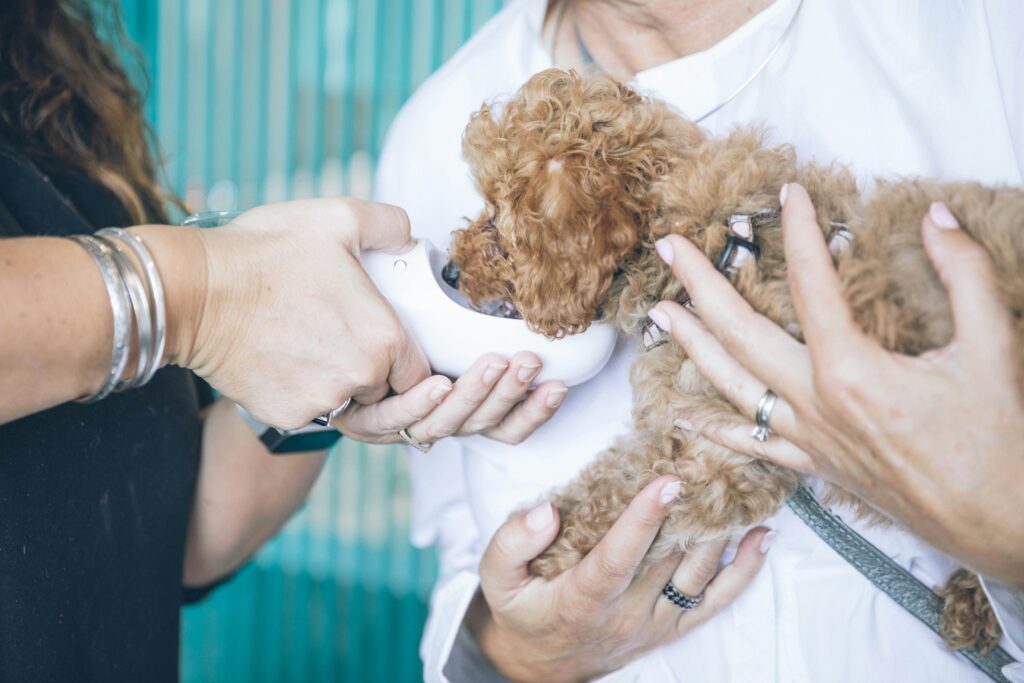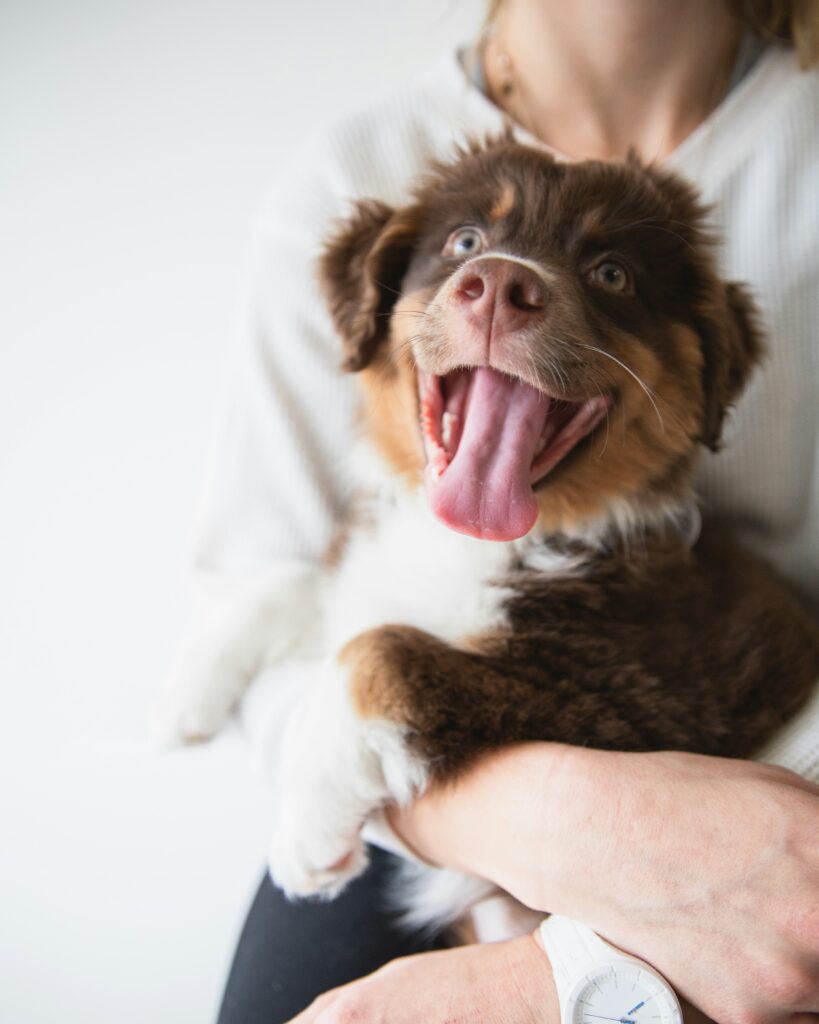Dog First-Aid Basics: What Every Pet Owner Should Know
As a pet owner, your dog’s health and safety are a top priority. While we hope to never face an emergency, knowing basic first-aid for dogs can make a crucial difference in their survival and recovery. In this guide, we’ll cover essential first-aid knowledge, what to include in your dog’s first-aid kit, and when to seek veterinary help.
Why Dog First-Aid is Important
Accidents happen, whether it’s a minor scrape or a more serious condition like choking or poisoning. Having first-aid knowledge allows you to act quickly, reducing pain and preventing further harm until professional medical care is available.
Must-Have Items in a Dog First-Aid Kit
Every pet owner should have a well-stocked first-aid kit. Here’s what to include:
- Gauze and Bandages – For covering wounds and stopping bleeding.
- Antiseptic Wipes or Solution – To clean wounds and prevent infection.
- Hydrogen Peroxide – For inducing vomiting (only if advised by a vet).
- Tweezers and Scissors – For removing debris or cutting bandages.
- Digital Thermometer – To monitor your dog’s temperature (normal range is 101-102.5°F).
- Muzzle or Soft Cloth – To prevent biting when a dog is in pain.
- Styptic Powder or Cornstarch – To stop minor bleeding (e.g., nail injuries).
- Gloves – To keep wounds clean and protect yourself.
- Emergency Contact Information – Vet’s number, poison control, and local emergency clinics.
- Saline Solution – For rinsing out eyes or wounds.
- Benadryl (Diphenhydramine) – Can help with allergic reactions (consult your vet for dosage).
Common Dog Emergencies and How to Respond
1. Bleeding and Wounds
- Apply firm pressure with a clean cloth or gauze.
- Use styptic powder for minor bleeding.
- Wrap the wound with a bandage and seek veterinary care for deep cuts.
2. Choking
- Look inside your dog’s mouth for any visible obstruction.
- If you see an object, try to gently remove it with tweezers.
- If your dog is still choking, perform the Heimlich maneuver (gently but firmly pressing their abdomen just behind the ribcage).
- Seek emergency vet care if breathing does not return to normal.
3. Poisoning
- Identify the toxin (food, plant, chemical, etc.).
- Call your vet or pet poison control immediately.
- Do not induce vomiting unless instructed by a professional.
4. Seizures
- Keep your dog away from furniture or sharp objects.
- Do not try to hold them down.
- Time the seizure and call your vet if it lasts more than a few minutes.
- Comfort your dog once they regain consciousness and seek medical advice.
5. Heatstroke
- Move your dog to a cool, shaded area.
- Offer water but don’t force drinking.
- Wet their fur with cool (not ice-cold) water and use a fan to help with cooling.
- Seek veterinary help immediately.
When to Seek Veterinary Care
While first-aid can stabilize your dog, some situations require immediate vet attention. Seek professional help if your dog:
- Has difficulty breathing.
- Is bleeding excessively.
- Shows signs of poisoning.
- Has a broken bone.
- Is experiencing repeated seizures.
- Has lost consciousness.
Final Thoughts
Being prepared for emergencies can save your dog’s life. Keep a first-aid kit on hand, stay informed, and don’t hesitate to call your vet in a crisis. The more you know, the better equipped you’ll be to handle unexpected situations and keep your furry friend safe.



